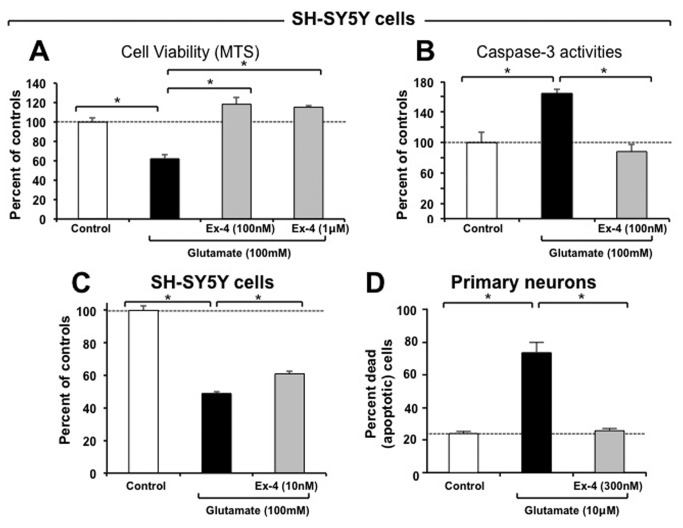Figure 1. Studies of Exendin-4 in vitro.
Activation of GLP-1R signaling by Exendin-4 (Ex-4) protects both human SH-SY5Y cells and rat primary neurons from glutamate-induced excitotoxicity. (A) The cellular viability of SH-SY5Y cells challenged with glutamate (100 mM) was significantly reduced (37.5%) following 24 hr incubation, as assessed by MTS assay. Pretreatment with Ex-4 (100 nM) fully mitigated this glutamate-induced cellular loss (p<0.05 vs. glutamate alone challenged group, Dunnett’s t-test, N≥3 per treatment group). (B) In line with glutamate-induced excitotoxic cell loss, caspase-3 levels were significantly elevated in SH-SY5Y cells. Pretreatment with Exendin-4 fully ameliorated this rise (p<0.05 vs. glutamate alone challenged group, Dunnett’s T test, N≥3 per treatment group). (C) Co-treatment of SH-SY5Y cells with glutamate (100 mM) and concentrations as low as 10 nM Ex-4 resulted in significant mitigation of excitotoxicity, as assessed by MTS assay at 24 hr (p<0.05 vs. glutamate alone challenged group, Dunnett’s t-test, N≥3 per treatment group). (D) In parallel studies, rat primary neurons proved vulnerable to glutamate challenge (10 μM) which induced substantial apoptosis (73.1%). Pretreatment with Ex-4 (300 nM) significantly mitigated this, lowering levels to those of unchallenged control neuronal cultures (p<0.05 vs. glutamate alone challenged group, Dunnett’s t-test, N≥3 per treatment group). The glutamate challenge concentrations (100 mM for SH-SY5Y cells and 10 μM for primary neurons) and time line were selected from preliminary studies focused on inducing a significant yet incomplete cellular loss to allow for assessment of mitigation as well as a potential intensification of cell death by the experimental treatment.

